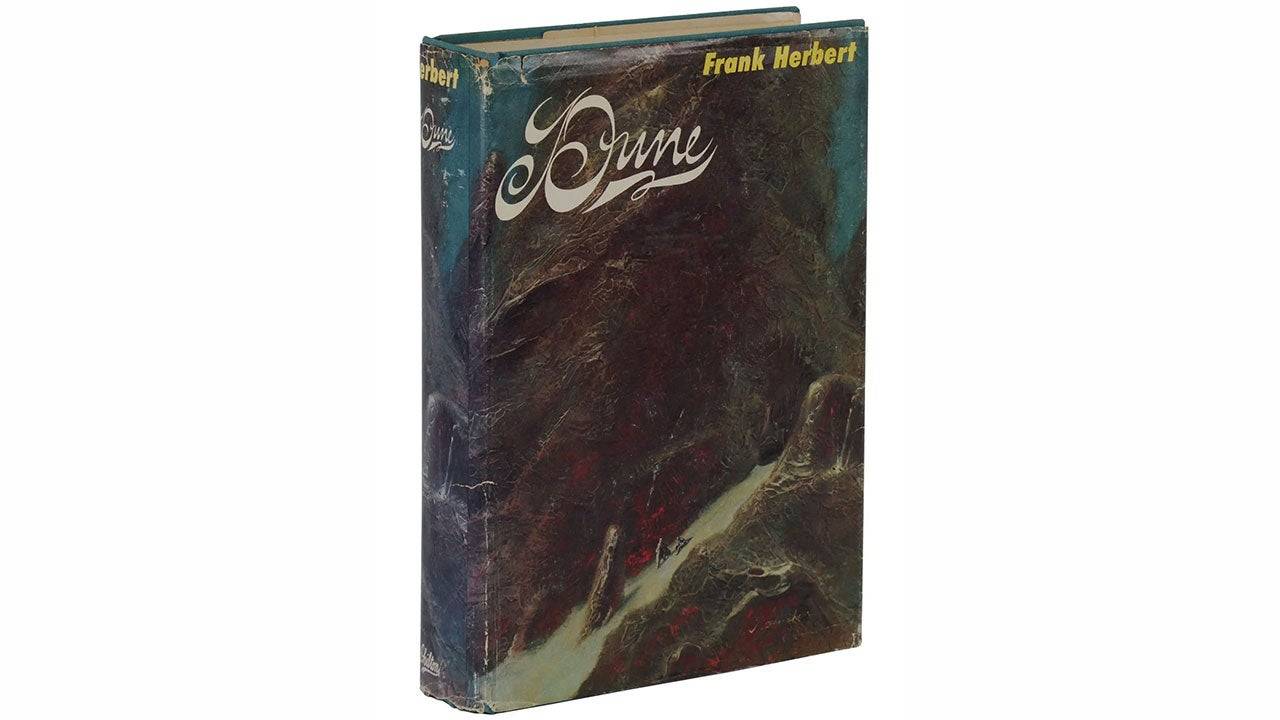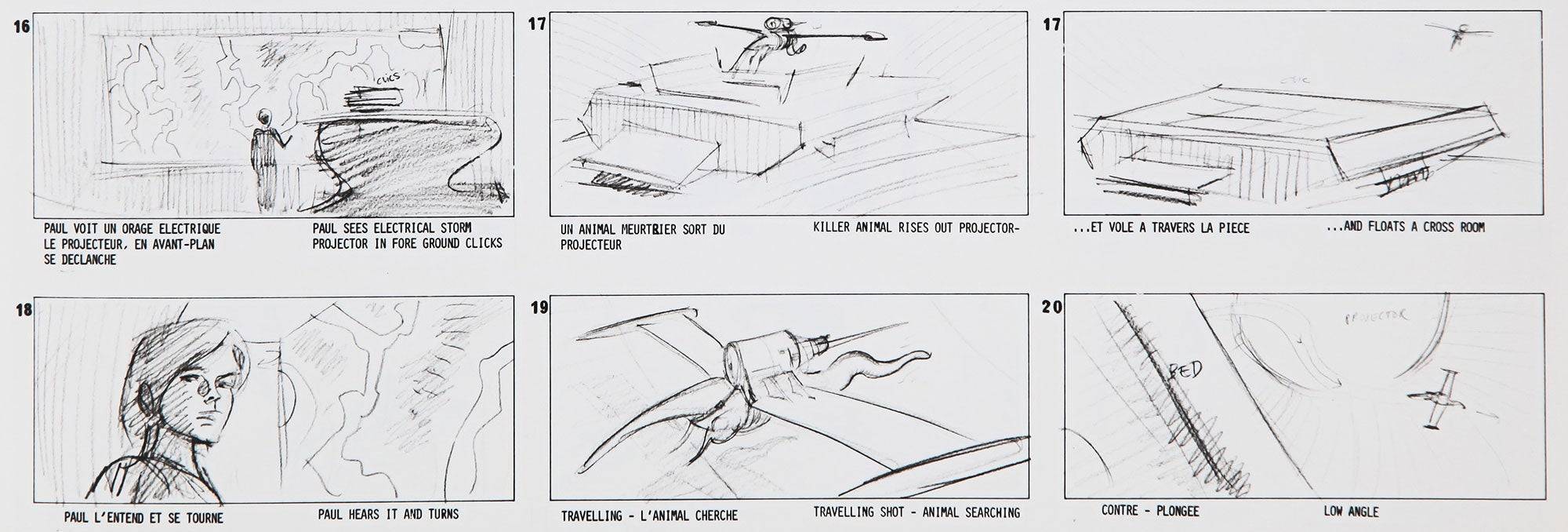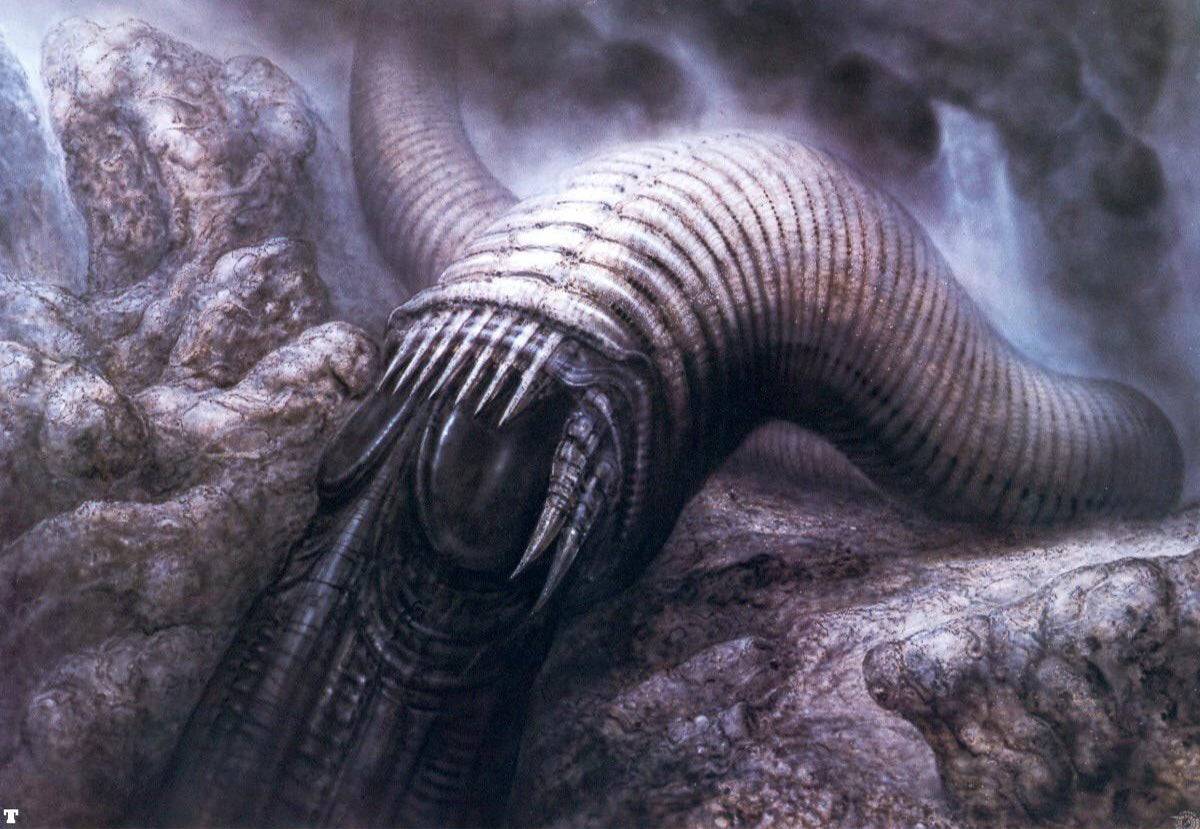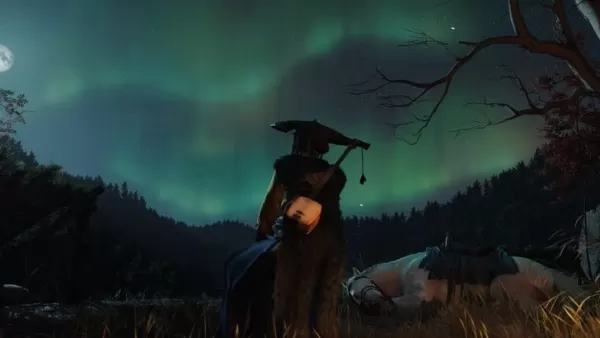Ridley Scott's Lost Dune: Unveiling a 40-Year-Old Script
This week marks four decades since David Lynch's Dune premiered, a box office flop that later cultivated a devoted cult following. This stands in stark contrast to Denis Villeneuve's recent big-screen adaptation. Ridley Scott's involvement, preceding Lynch's, remains largely shrouded in mystery—until now. A 133-page draft of Scott's abandoned Dune, penned by Rudy Wurlitzer in October 1980, has surfaced, offering a glimpse into a drastically different vision.
Scott, fresh off the success of Alien, inherited a screenplay by Frank Herbert that was both faithful and cinematically unwieldy. He selected a handful of scenes, then commissioned Wurlitzer for a complete rewrite. The resulting script, like Herbert's and Villeneuve's, was envisioned as the first part of a two-film saga.
Wurlitzer described the project as immensely challenging, stating that structuring the narrative consumed more time than the actual writing. He aimed to capture the book's essence while infusing a unique sensibility. Scott himself later confirmed the script's quality, calling it "pretty fucking good."
Several factors contributed to the project's demise, including Scott's personal grief, location disagreements, escalating budget concerns, and the allure of Blade Runner. However, a key factor, as revealed in A Masterpiece in Disarray – David Lynch's Dune, was the script's lack of universal acclaim within Universal Pictures.
Was Wurlitzer's adaptation a cinematic failure, or simply too dark and politically charged for mainstream success? A detailed analysis of the script allows readers to form their own conclusions. While Wurlitzer and Scott declined to comment, the script itself speaks volumes.
A Darker Paul Atreides
The script opens with a dream sequence depicting apocalyptic warfare, foreshadowing Paul's destiny. Scott's signature visual density is evident in descriptions of chaotic movement. The young Paul, a 7-year-old with long blonde hair, is far from Timothée Chalamet's portrayal. He undergoes a trial by pain, his Litany Against Fear intercut with his mother's, showcasing their psychic bond. While Lynch's version featured imagery of burning flesh, this script keeps it implied.
This Paul displays a "savage innocence," actively taking charge. A flash-forward depicts his transformation into a master swordsman by age 21, surpassing even Duncan Idaho. This contrasts with Lynch's portrayal, where Paul's vulnerability adds tension.
The Emperor's Demise and Political Intrigue
The script introduces a crucial plot point absent from the book: the Emperor's death. This event, revealed during a rain-soaked scene outside Caladan Castle, serves as the catalyst for the ensuing conflict. The Emperor's funeral, a mystical spectacle, features the deceased Emperor's pronouncements through a medium, bequeathing Arrakis to Duke Leto. The Baron Harkonnen's subsequent attempt to negotiate spice production highlights the central conflict. A line remarkably similar to a famous line from Lynch's Dune appears: "Who controls Dune controls the Spice, and who controls the Spice controls the Universe."
The Guild Navigator, a spice-mutated being, is depicted as a humanoid creature floating in a transparent container, a striking visual element absent from both film adaptations. The family's arrival on Arrakis reveals a medieval aesthetic, emphasizing swords, feudal customs, and ecological concerns. Liet Kynes's exposition on the destructive nature of spice mining underscores the environmental themes.
Urban Decay and Violent Confrontations
Arakeen is portrayed as a squalid city, highlighting class disparity and social unrest. A bar fight scene, reminiscent of 1980s action films, showcases Paul's early prowess, a departure from his gradual development in other adaptations. This scene also introduces Stilgar, the Fremen leader, who swiftly decapitates a Harkonnen agent. The script then depicts the poisoning of Duke Leto and the ensuing battle within the Atreides fortress, featuring graphic violence and numerous deaths.
The Desert Escape and Fremen Encounter
Paul and Jessica's escape into the desert is depicted with intense detail, emphasizing the physical challenges and environmental dangers. Their encounter with a sandworm mirrors Villeneuve's adaptation, but the subsequent events diverge significantly. This version omits the incestuous relationship between Paul and Jessica, a key point of contention with Frank Herbert and Dino De Laurentiis.
The script culminates in a Water of Life ceremony, a surreal and mystical sequence featuring a shaman with three breasts and a giant sandworm. Jessica becomes the new Reverend Mother, and Paul is accepted by the Fremen, setting the stage for his future role as their leader. The script concludes with the implication of Paul's sandworm ride, a pivotal scene Herbert had hoped to see in Scott's film.
A Bold, Unconventional Vision
Wurlitzer's script emphasizes the ecological, political, and spiritual aspects of Dune in equal measure. Paul is portrayed not as a reluctant hero but as an ambitious leader, potentially foreshadowing his future authoritarian rule. While diverging significantly from the source material, the script offers a unique interpretation, highlighting the environmental consequences of spice mining and the dangers of unchecked power. The script's adult themes and stylistic choices likely contributed to its rejection, but its bold vision offers a fascinating alternative to the existing adaptations. The script's emphasis on ecological themes, political intrigue, and the dangers of charismatic leaders remains relevant today, suggesting that a future adaptation might yet embrace its unique perspective. The script's legacy includes H.R. Giger's striking sandworm design and the influence on other projects. While it may not have been the Dune we got, it offers a compelling glimpse into what could have been.


















